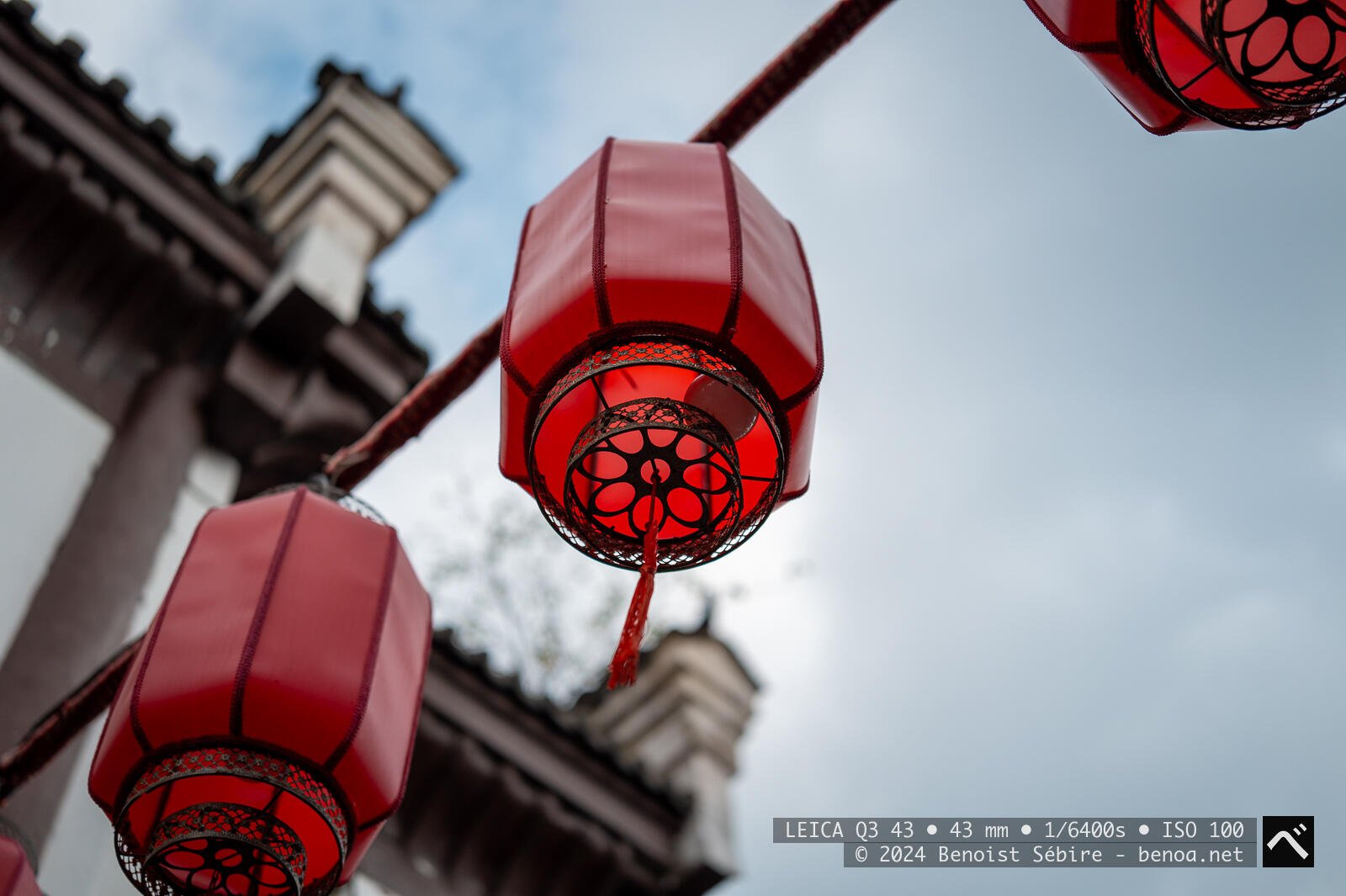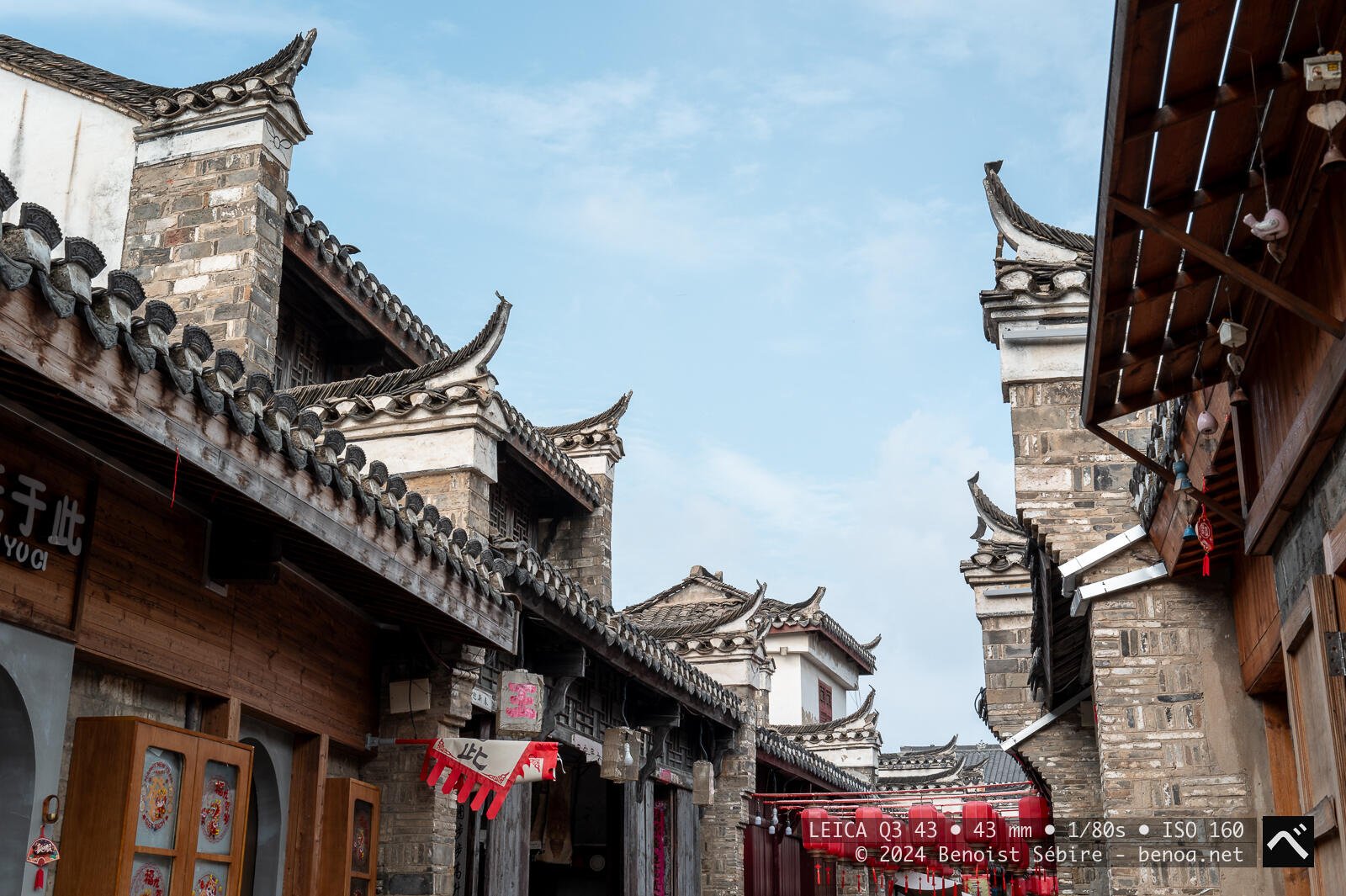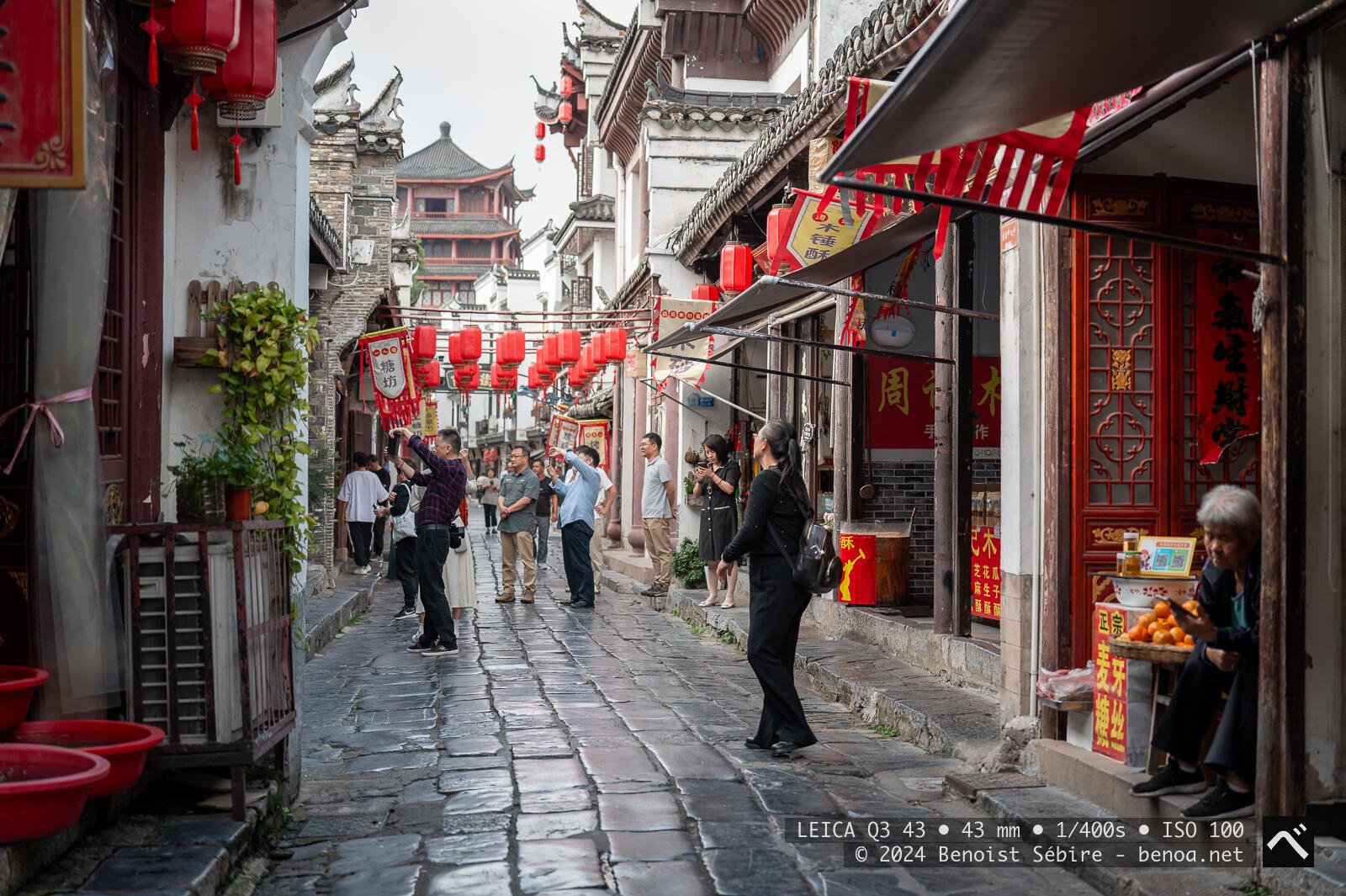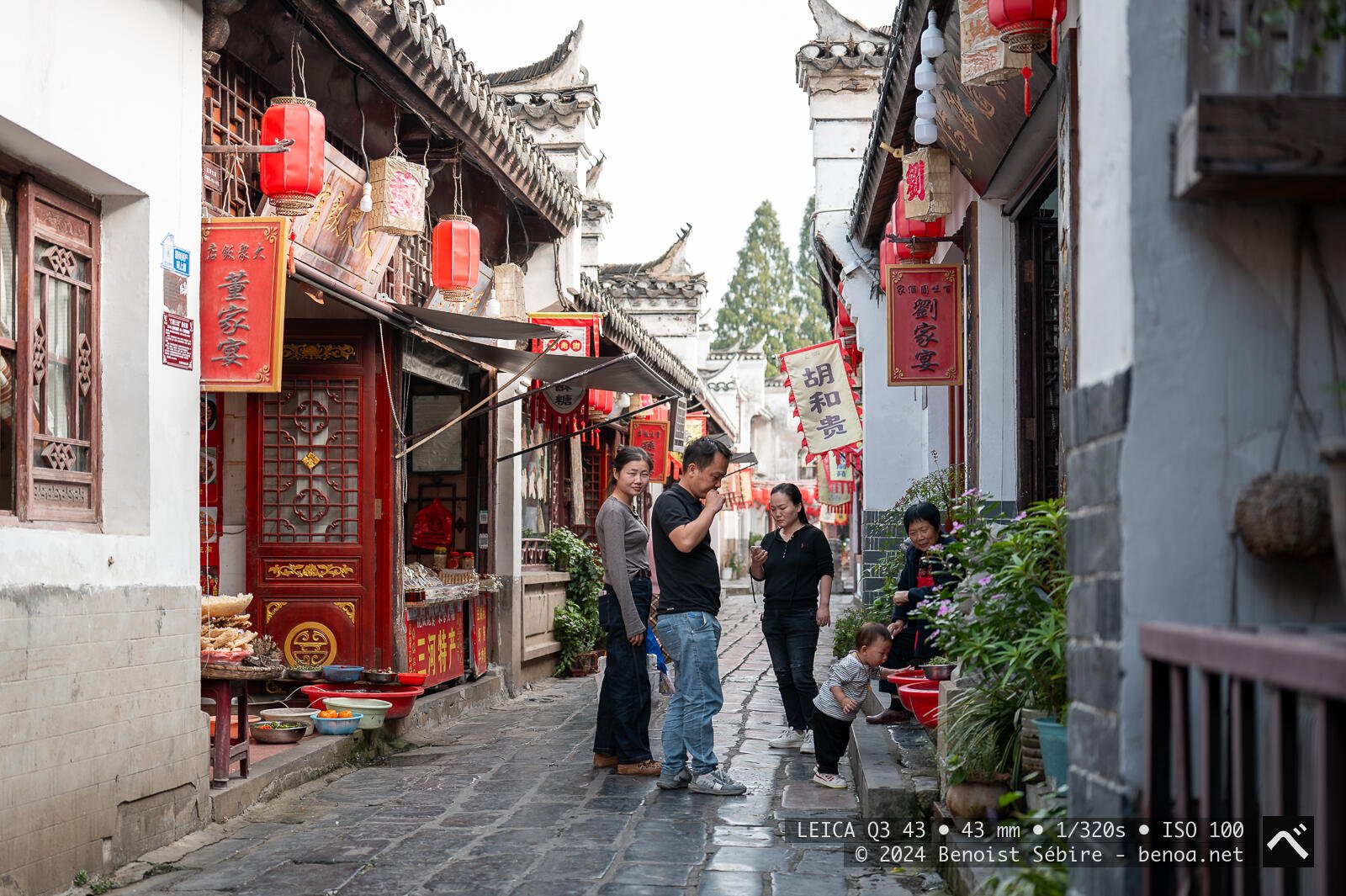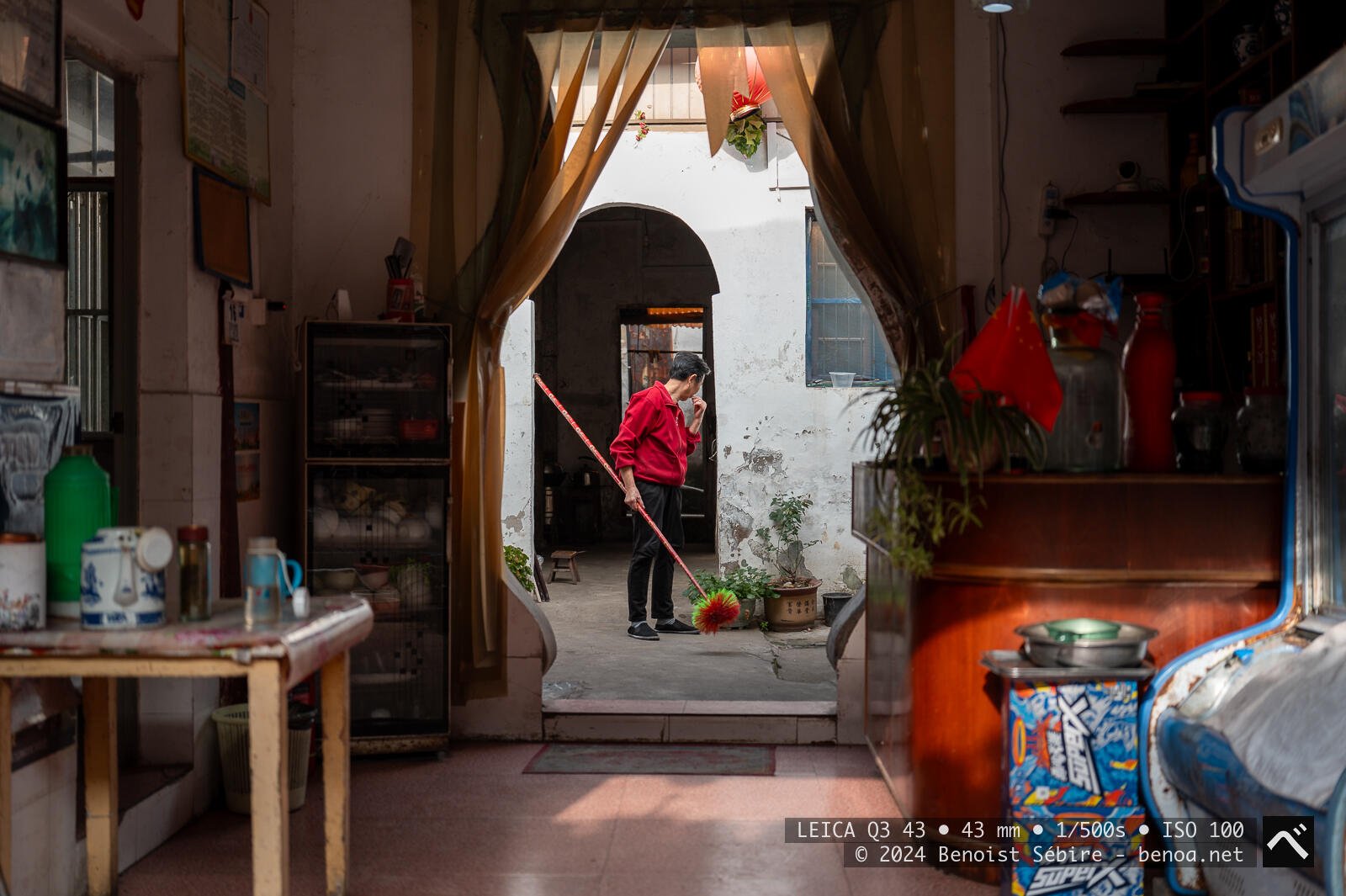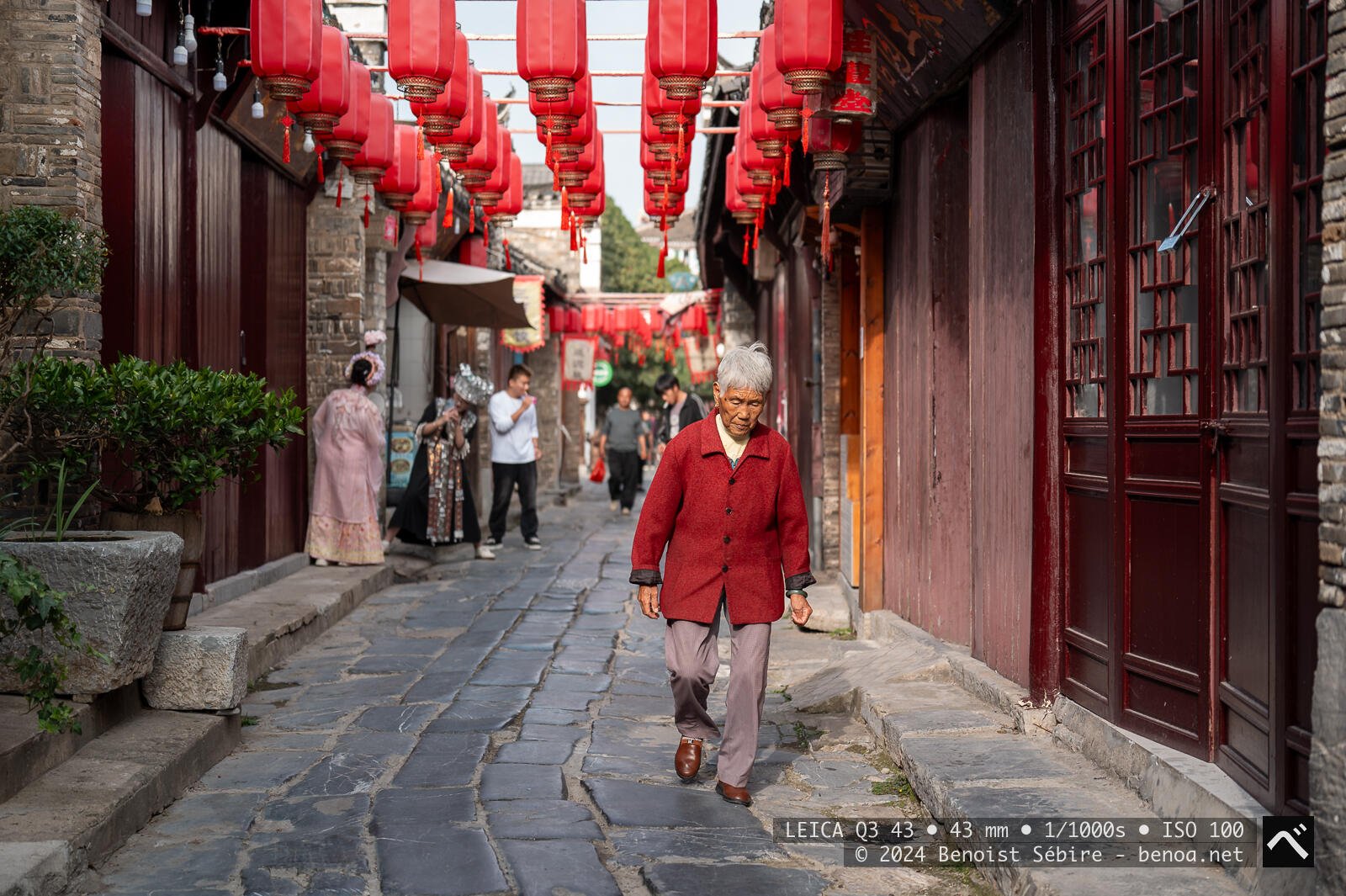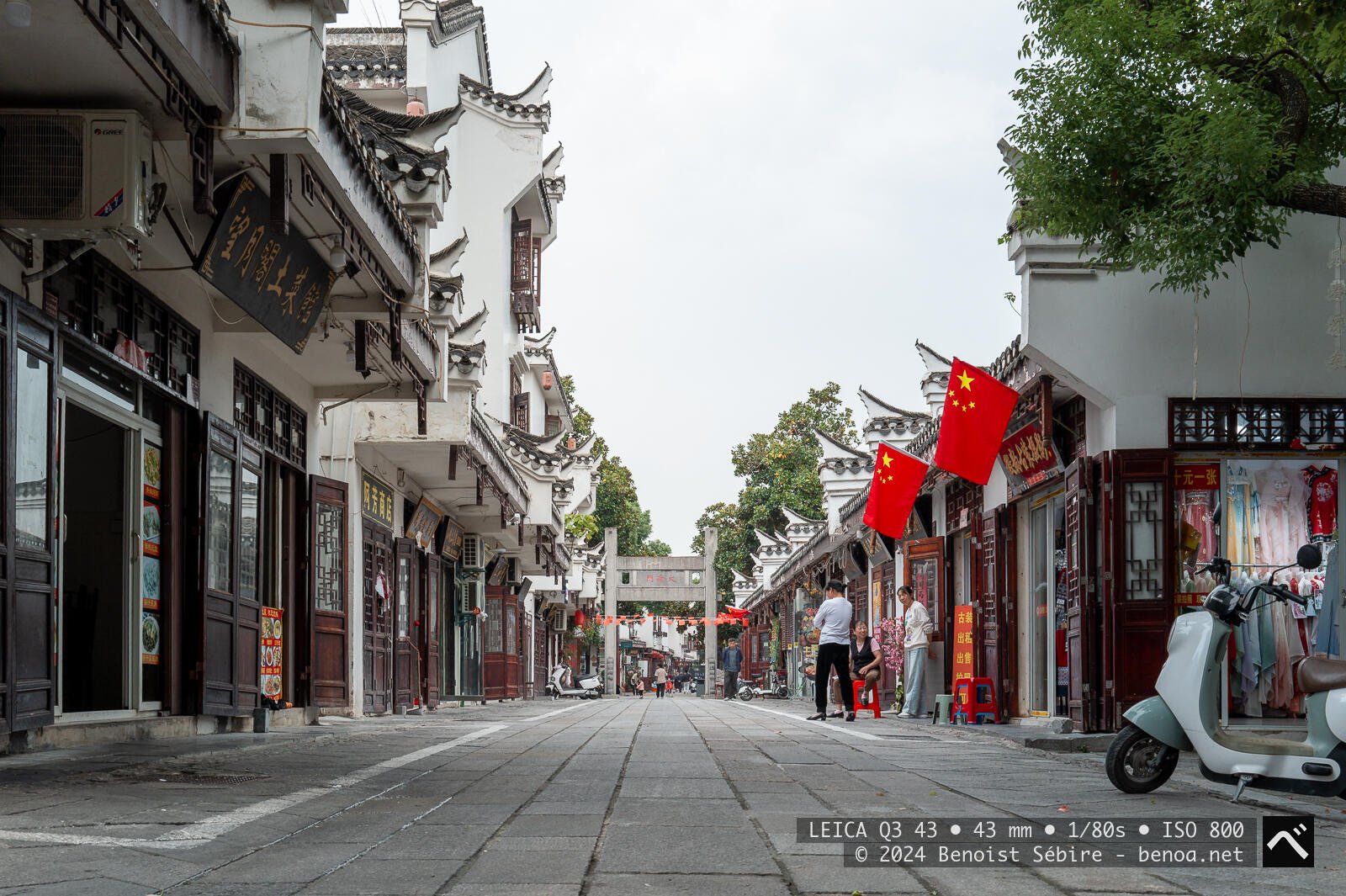SanHe Ancient Town
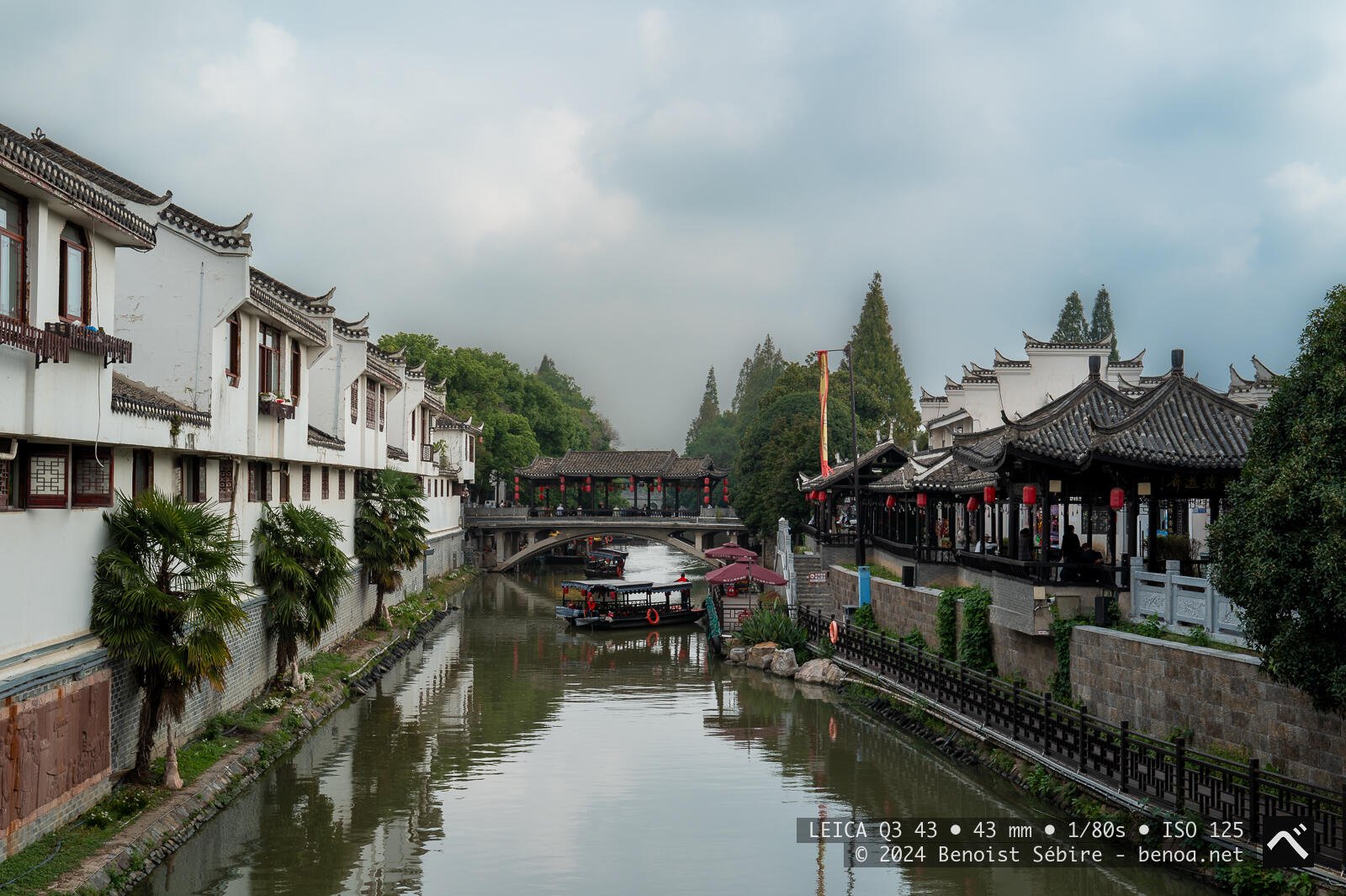
Sanhe Ancient Town (三河古镇), located about 30 kilometers south of Hefei in Anhui Province, is a living relic of Chinese history and culture. Named for the three rivers that meet at its center—丰乐河 (Fengle River), 杭埠河 (Hangbu River), and 小南河 (Xiaonan River)—Sanhe has been shaped by water for over two millennia. The rivers not only gave it its name, but also its lifeblood. From the Spring and Autumn Period (770–476 BCE) onward, its waterways made it a vital stop for merchants, soldiers, and travelers moving between the Yangtze River basin and inland China.
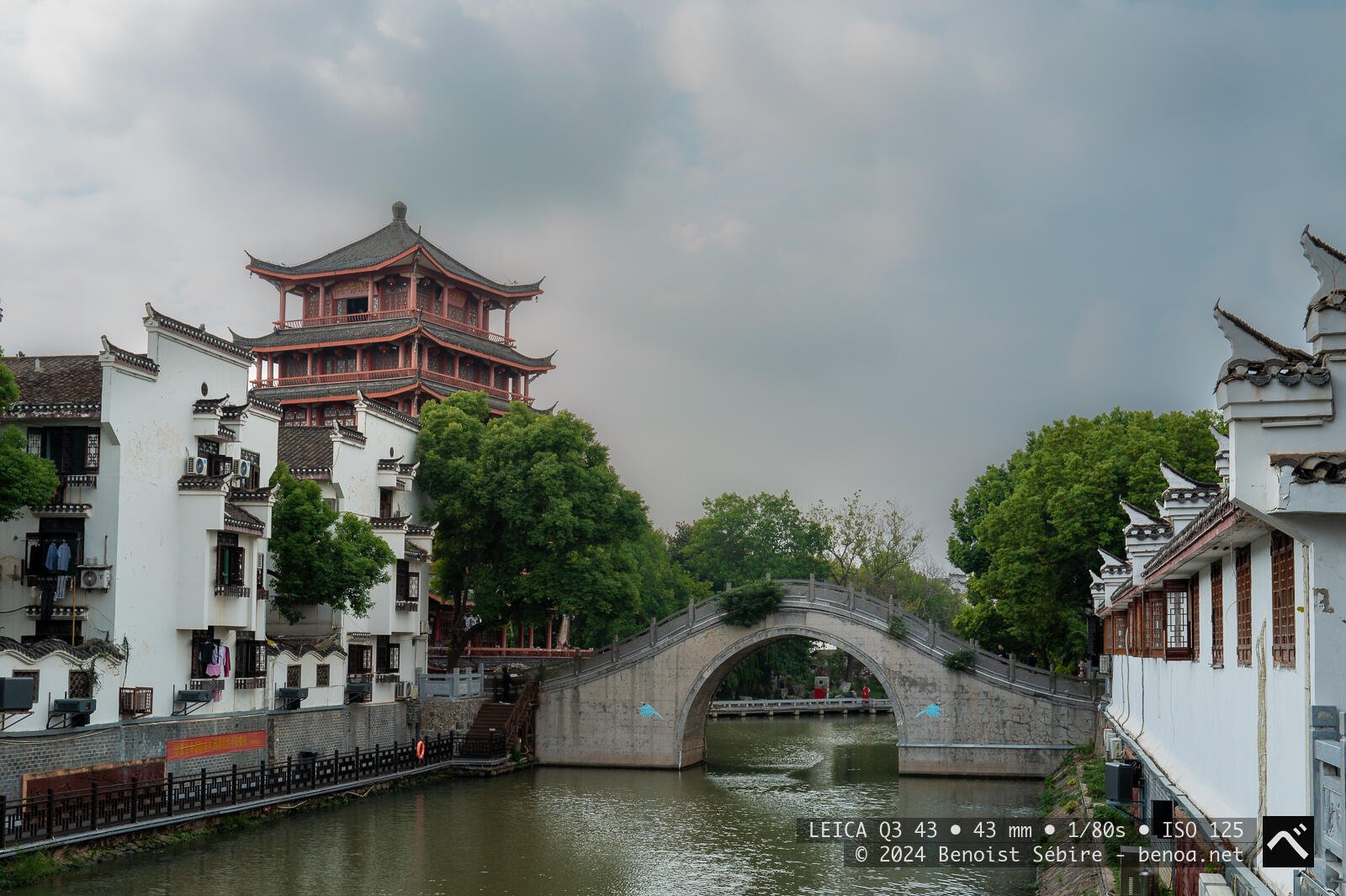
Sanhe’s history is rich with layers of conflict and prosperity. During the Tang (618–907) and Song (960–1279) dynasties, it was already a flourishing trading hub. In the Ming (1368–1644) and Qing (1644–1912) periods, it developed into a town known for its refined lifestyle, with wealthy merchants building grand residences, ancestral halls, and teahouses that still stand today. The town’s most dramatic historical moment came during the Taiping Rebellion (1850–1864). In 1858, the Battle of Sanhe saw fierce fighting between Taiping and Qing forces. The town was heavily damaged, but its strategic value ensured it was rebuilt quickly. Reminders of this violence—old city walls, bullet-scarred bricks, and war memorials—are quietly woven into the town’s calm facade.

What defines Sanhe today is its tranquil system of canals, bridges, and water lanes. The old town is structured around a network of waterways that flow under stone bridges and alongside whitewashed houses with black-tile roofs. Dozens of ancient bridges—arched and flat—connect its narrow alleys. Among them, Yongqing Bridge (永庆桥) and Wenxing Bridge (文星桥) are particularly iconic, offering postcard views of boats drifting through willow-shaded canals. The water still plays an active role in local life: locals wash vegetables at the banks, and visitors can hire small wooden boats to glide through the ancient water streets.
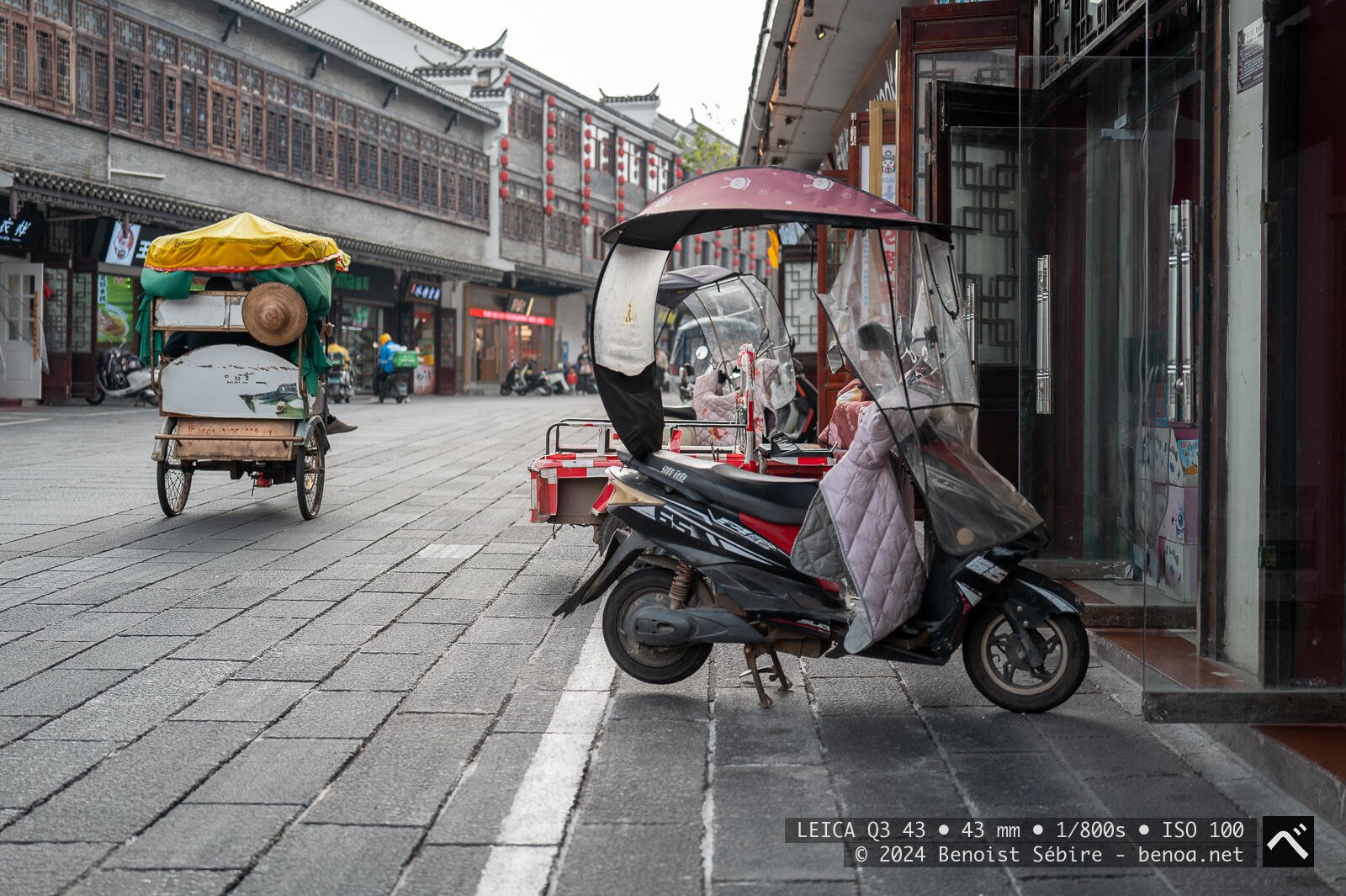
The architecture of Sanhe is among the best-preserved in Anhui. The town features more than 100 historic residences, most dating from the late Ming and Qing eras. These homes follow the 徽派 (Huizhou-style) design—gray bricks, high walls, intricate wooden carvings, and internal courtyards. One highlight is the ancestral home of Li Hongzhang (李鸿章故居), a statesman and diplomat who shaped late Qing foreign policy. His residence is a museum now, offering insights into his life and the turbulent final years of imperial China.

Tourism in Sanhe is growing, but the town has resisted over-commercialization. Unlike more famous water towns like Wuzhen or Zhouzhuang, Sanhe retains a raw, lived-in character. Locals still live in the historic core, and small businesses run out of family homes. Tourists walk the flagstone streets, sip tea in weathered teahouses, and explore folk museums tucked behind wooden doors. The pace is slow, and the vibe is real—this isn’t a recreated theme park, it’s a working town with centuries of continuity.
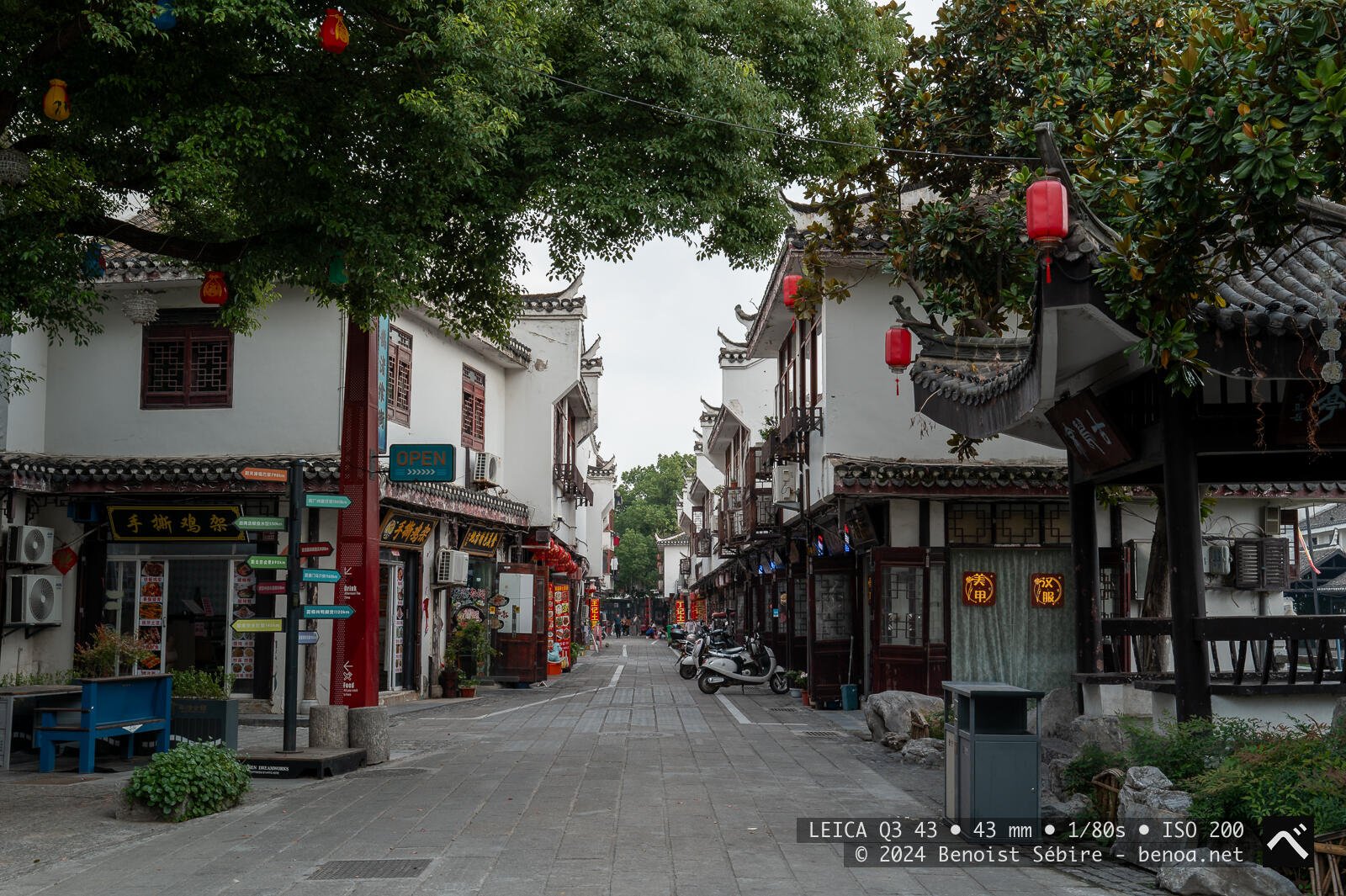
Local cuisine is another highlight. Sanhe is known for simple, hearty Anhui fare. Must-tries include Sanhe rice dumplings (三河米饺)—savory glutinous rice parcels filled with minced meat and pickled vegetables—and steamed river fish (清蒸河鱼) caught from the local waters. Stir-fried small river shrimp (河虾) and duck blood soup (鸭血汤)are also popular among locals. Many street vendors still cook with traditional charcoal stoves, adding smoky depth to snacks like scallion pancakes (葱油饼) and sticky rice cakes (糯米糕).
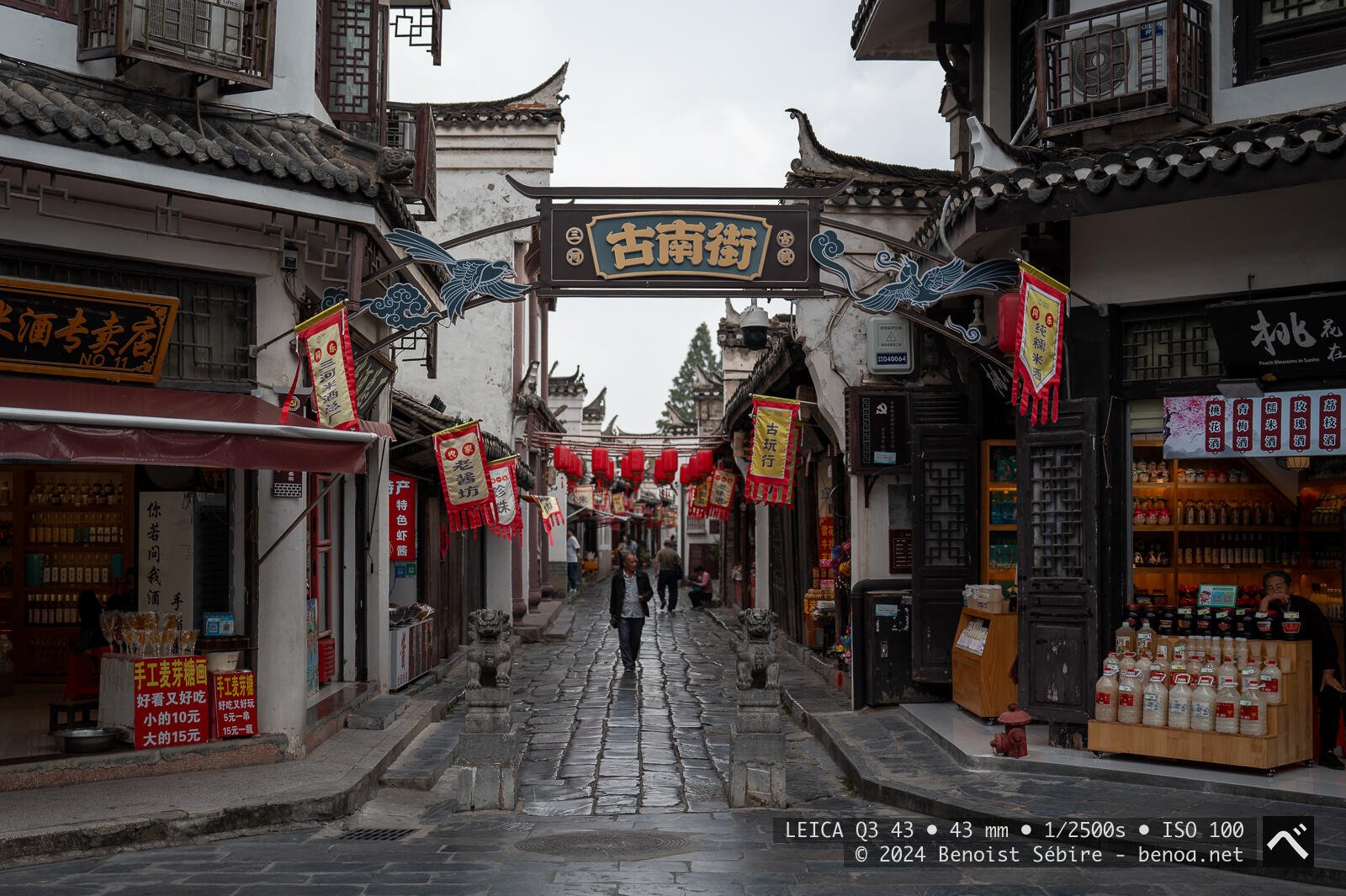
Sanhe Ancient Town offers more than just pretty scenery. It’s a rare place where history is still in motion, where the sound of modern scooters blends with the creak of wooden boat oars, and where the past isn’t preserved behind glass—it’s still being lived in. For travelers interested in more than surface-level sightseeing, Sanhe offers a deeply textured experience of real Chinese heritage.
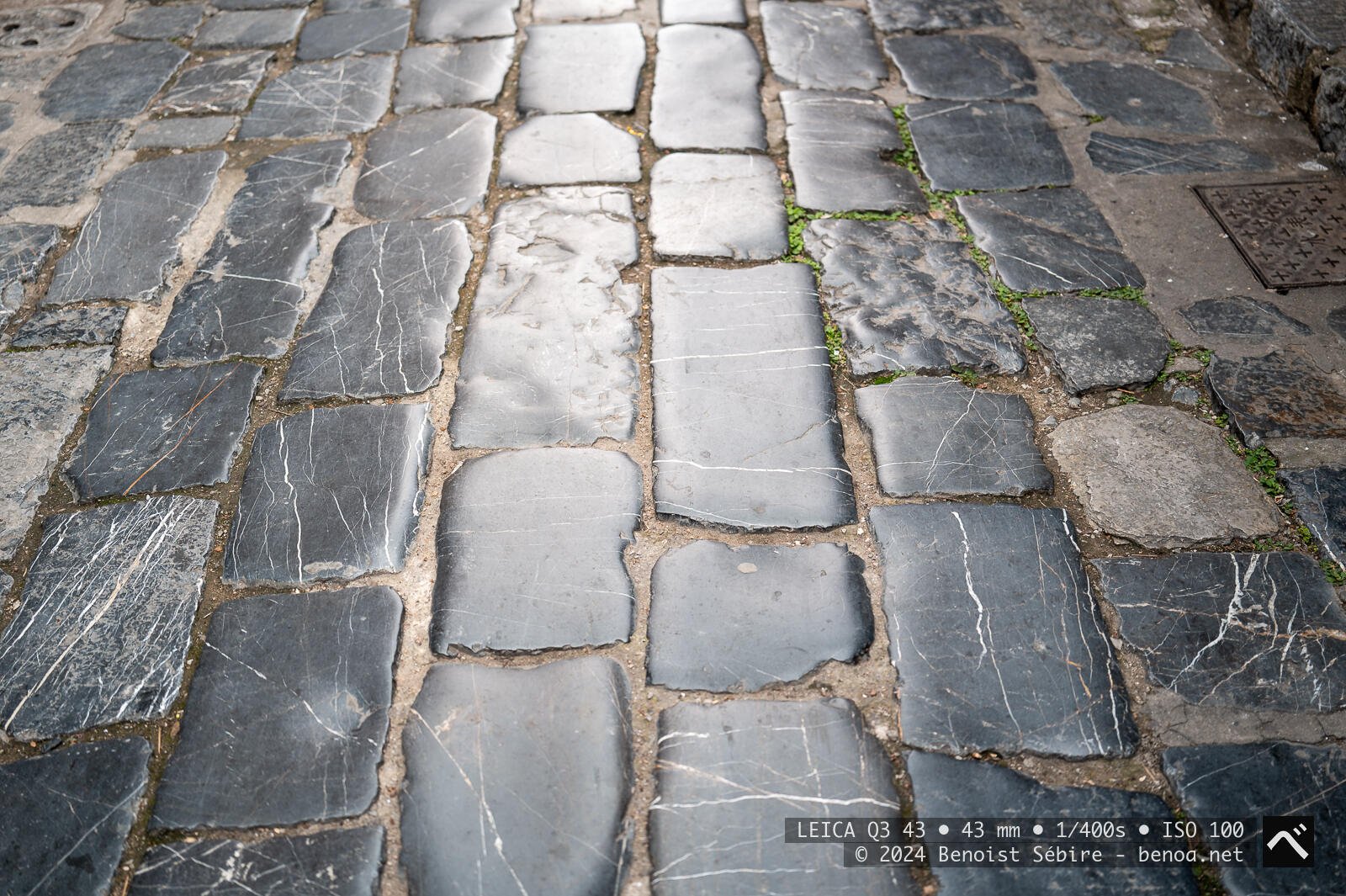
Sanhe reminds me of Beijing in the old days, before it was sanitized in the name of economic progress. Back when alleys still echoed with daily life, not tourist footfall, and history wasn’t curated—it was just there, part of the rhythm. The cracked walls, the quiet courtyards, the slow flow of canal water—all of it feels like a window into a version of China that development hasn’t polished smooth.
